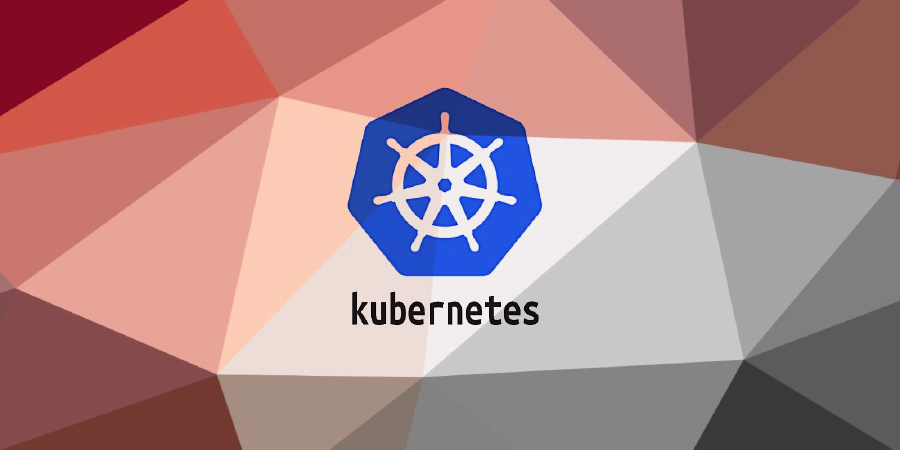I have been in DevOps related jobs for past 6 years dealing mainly with Kubernetes in AWS and on-premise as well. I spent quite a lot …
 :date_long | 2 min Read
:date_long | 2 min ReadBackend helm chart running on Kubernetes
sed -E \
-e 's/^(description:).*/\1 Raspberry Pi Backend helm chart/' \
-e 's/^(appVersion:).*/\1 0.0.1 /' \
-e '$a \\ndependencies: \n- name: postgresql \n version: "9.8.3" \n repository: "https://charts.bitnami.com/bitnami" \n' \
-i backend/Chart.yaml
helm repo list
helm repo add bitnami https://charts.bitnami.com/bitnami
helm dependency update backend
sed -E \
-e 's/^(.*paths:).*/\1 ["\/api"]/' \
-e '/^ingress.*/,/^\s*tls:.*/s/^(.*-\shost: )(.*)/\1 raspberrypi--weather-monitoring/' \
-e '/^.*pullPolicy:.*/a \ \ containerPort: 8000' \
-e '/^.*pullPolicy:.*/a \ \ # Database connection settings:' \
-e '/^.*pullPolicy:.*/a \ \ env:' \
-e '/^.*pullPolicy:.*/a \ \ \ \ secret:' \
-e '/^.*pullPolicy:.*/a \ \ \ \ \ \ PSQL_DB_USER: "micro"' \
-e '/^.*pullPolicy:.*/a \ \ \ \ \ \ PSQL_DB_PASS: "password"' \
-e '/^.*pullPolicy:.*/a \ \ \ \ \ \ PSQL_DB_NAME: "microservice"' \
-e '/^.*pullPolicy:.*/a \ \ \ \ \ \ PSQL_DB_ADDRESS: "backend-postgresql"' \
-e '/^.*pullPolicy:.*/a \ \ \ \ \ \ PSQL_DB_PORT: "5432"' \
-e '$a \\nlivenessProbe: \/api\/health' \
-e '$a \\nreadinessProbe: \/api\/health' \
-e 's/^(.*repository:).*/\1 jantoth\/weather-backend/' \
-i backend/values.yaml
cat <<'EOF' >>backend/values.yaml
postgresql:
image:
registry: docker.io
repository: bitnami/postgresql
tag: latest
debug: true
global:
postgresql:
postgresqlUsername: postgres
postgresqlPassword: password
persistence:
enabled: false
pgHbaConfiguration: |
local all all trust
host all all localhost trust
host microservice micro 10.42.0.0/16 password
initdbScripts:
db-init.sql: |
CREATE DATABASE microservice;
CREATE USER micro WITH ENCRYPTED PASSWORD 'password';
GRANT ALL PRIVILEGES ON DATABASE microservice TO micro;
ALTER DATABASE microservice OWNER TO micro;
EOF
sed -E \
-e 's/^(.*targetPort:).*/\1 {{ .Values.image.containerPort | default 80 }}/' \
-i backend/templates/service.yaml
# Setup "livenessProbe" and "readinessProbe" in backend/templates/deployment.yaml
sed -E \
-e '/^\s*livenessProbe:.*/,/^\s*port:.*/s/^(.*port:)(.*)/\1 {{ .Values.image.containerPort | default "http" }}/' \
-e '/^\s*readinessProbe:.*/,/^\s*port:.*/s/^(.*port:)(.*)/\1 {{ .Values.image.containerPort | default "http" }}/' \
-e '/^\s*livenessProbe:.*/,/^\s*port:.*/s/^(.*path:)(.*)/\1 {{ .Values.livenessProbe | default "\/" }}/' \
-e '/^\s*readinessProbe:.*/,/^\s*port:.*/s/^(.*path:)(.*)/\1 {{ .Values.readinessProbe | default "\/" }}/' \
-e 's/^(.*containerPort:).*/\1 {{ .Values.image.containerPort }}/' \
-e '/^.*image:.*/a \ \ \ \ \ \ \ \ \ \ env:' \
-e '/^.*image:.*/a \ \ \ \ \ \ \ \ \ \ {{- include "helpers.list-env-variables" . | indent 10 }}' \
-i backend/templates/deployment.yaml
# Creating file: "backend/templates/secret.yaml"
cat <<'EOF' >>backend/templates/secret.yaml
apiVersion: v1
kind: Secret
metadata:
name: database-conection
type: Opaque
data:
{{- range $key, $val := .Values.image.env.secret }}
{{ $key }}: {{ $val | b64enc }}
{{- end}}
EOF
cat <<'EOF' >>backend/templates/_helpers.tpl
{{/*
Create the looper to define secret mounts as ENV variables
*/}}
{{- define "helpers.list-env-variables"}}
{{- range $key, $val := .Values.image.env.secret }}
- name: {{ $key }}
valueFrom:
secretKeyRef:
name: database-conection
key: {{ $key }}
{{- end}}
{{- end}}
EOF